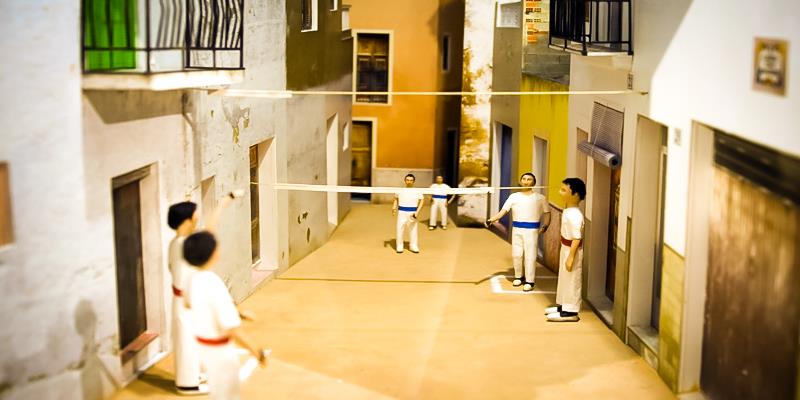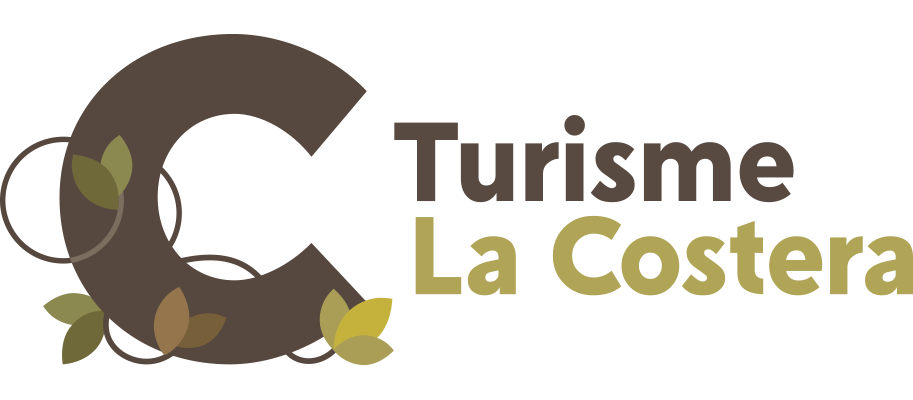The museum route in la Costera
La Costera is a land of museums. This route includes 18 locations between museums, museographic collections and other collections that can be visited. It is not a little thing for a region with 19 towns and a population of around seventy-thousand people.
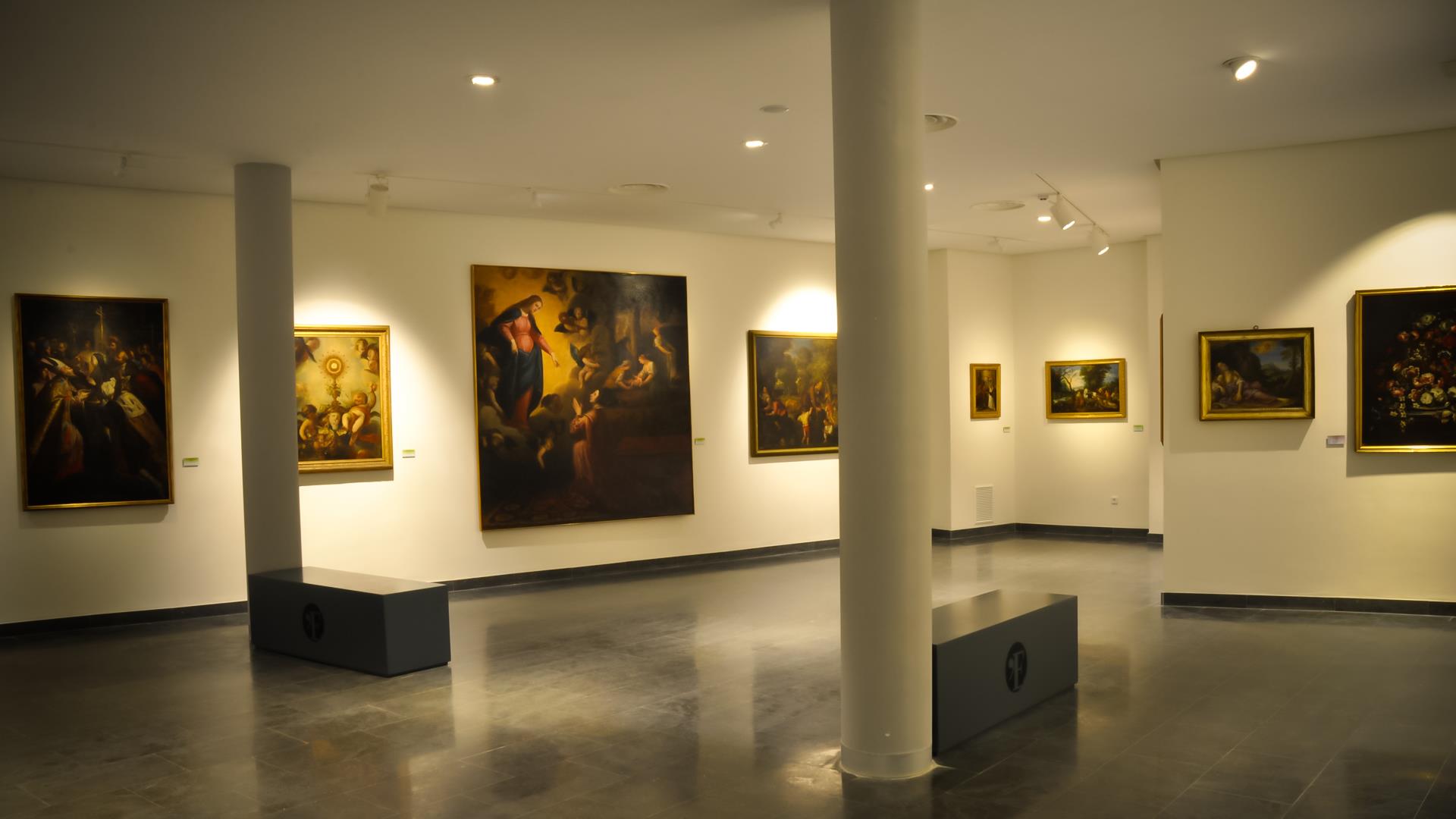
The museum route in la Costera
La Costera is a land of museums. This route includes 18 locations between museums, museographic collections and other collections that can be visited. It is not a little thing for a region with 19 towns and a population of around seventy-thousand people.
Understand our essence
Our museums are another way for you to experience our lands. La Costera is a living land and a land of museums that show it. Making our museums your travel companions is one of the best ways to enjoy the life experience that the places and people of la Costera can bring you.
La Costera area is a living land of museums. From the Font de la Figuera, the first Valencian town and western landmark of the Region, to the Genovés and the Llosa de Ranes in the east we can enjoy ethnological, fine arts, archaeological, sports, historical museums and so on. Spaces where you can get to know what we were, what we are and what we project to be in the future.
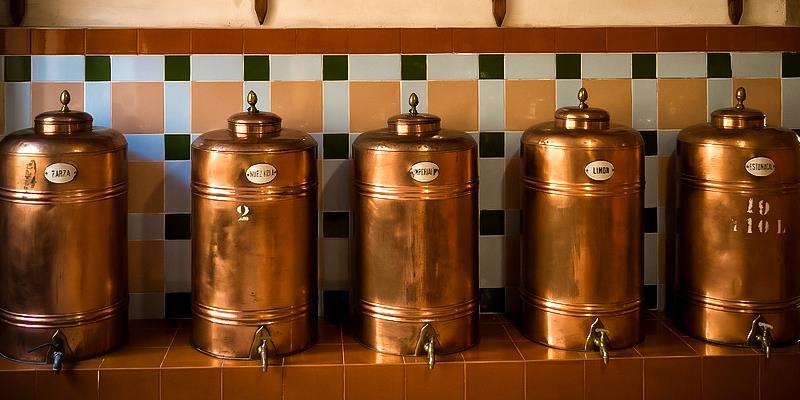
HISTORICAL - ETHNOLOGICAL MUSEUM 'LA COSTERA'
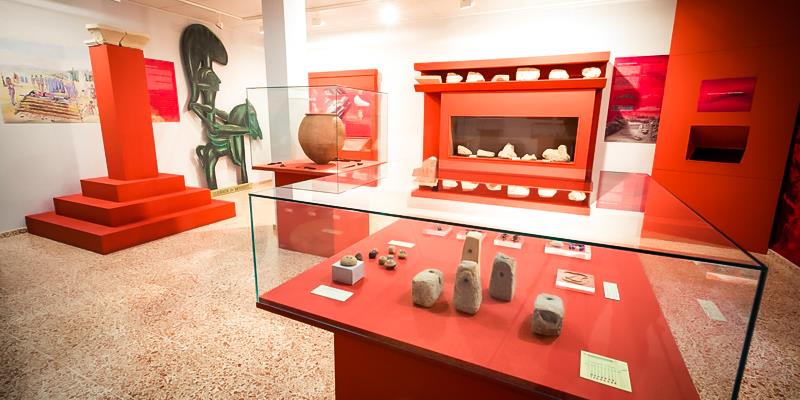
ARCHAEOLOGICAL MUSEUM OF MOIXENT
Along the way of its historical track, we will also find Roman, and Andalusian remains and especially the sites that have made Moixent's Iberian past famous. In the museum we can enjoy objects recovered from sites so important to understand our past such as the Bastida de les Alcusses, the Corral de Saus, the Bosquet and the Torre Mora.
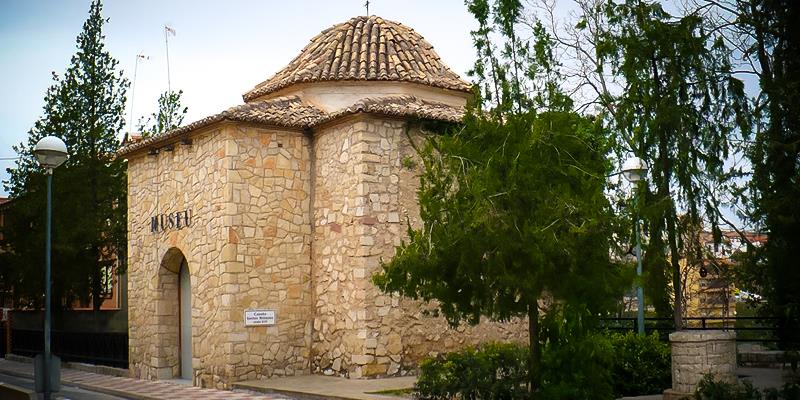
PADRE MORENO MUSEUM
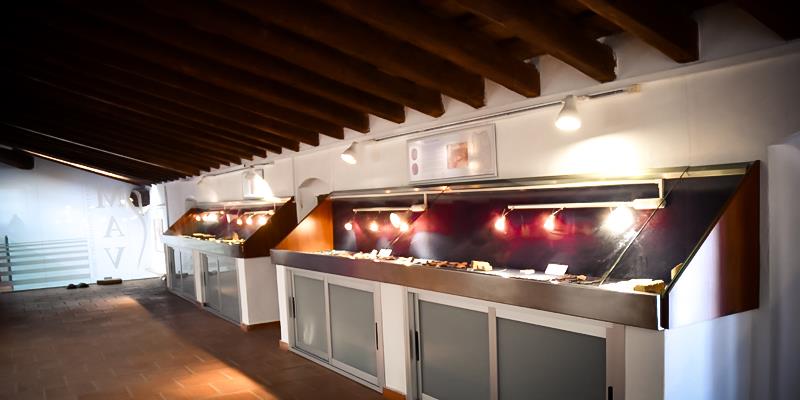
MUNICIPAL ARCHAEOLOGICAL MUSEUM OF VALLADA
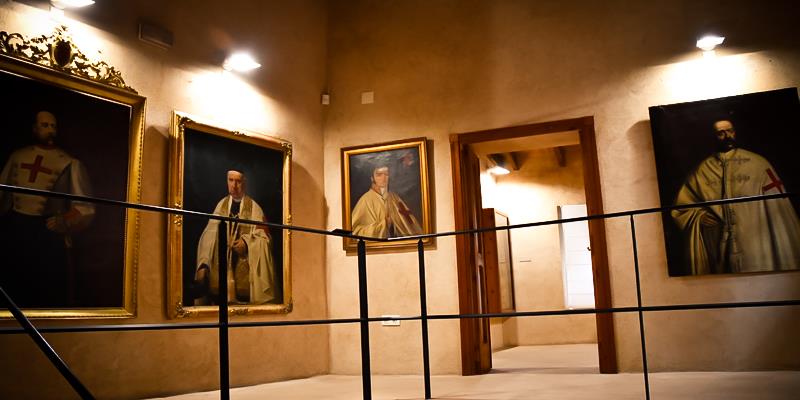
PARISH MUSEUM
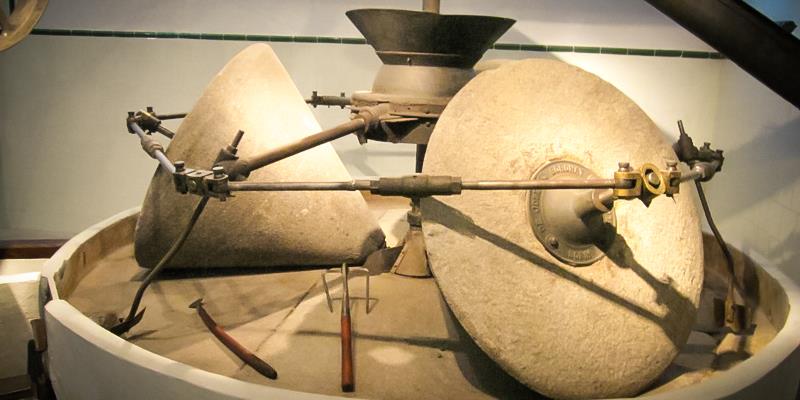
THE OIL MUSEUM
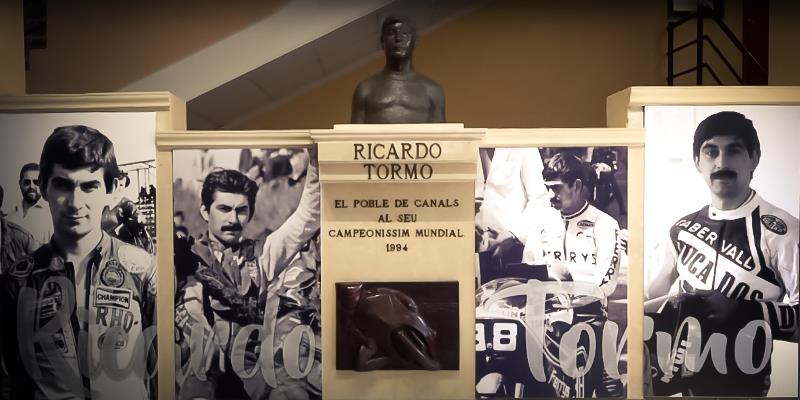
RICARDO TORMO PERMANENT EXHIBITION
In the Ricardo Tormo Permanent Exhibition, located in the municipal pavilion of the same name, we can see some of his awards and part of the equipment he used to wear (overalls, helmets, boots, gloves...), together with other personal elements such as paintings, photographs, titles, etc. that show us the life of the champion of Canals.
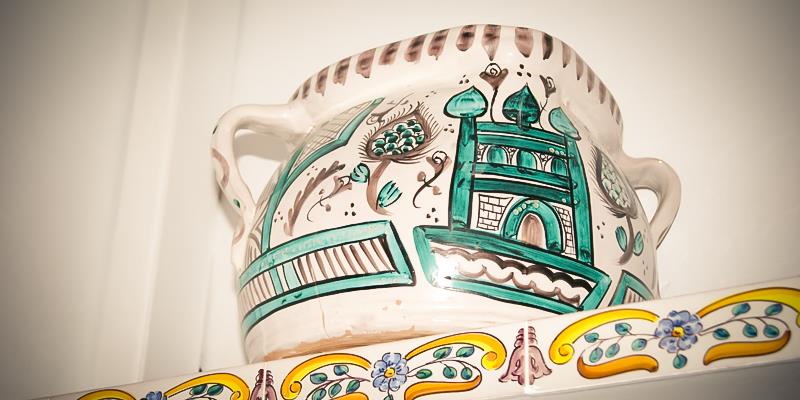
MUNICIPAL ETHNOLOGICAL MUSEUM OF TORRELLA
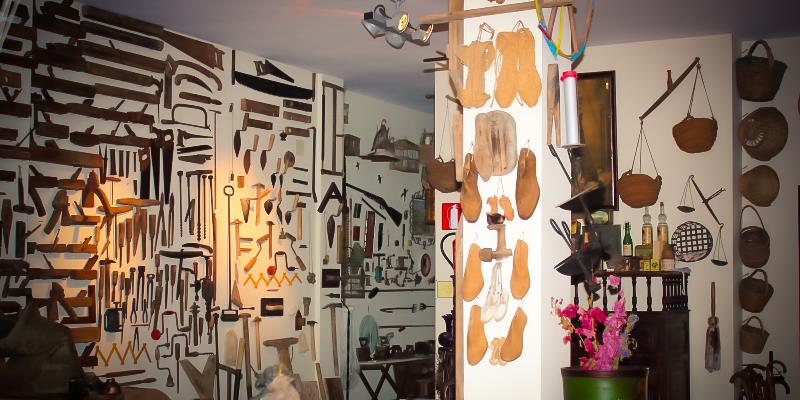
LUIS PERALES ETHNOLOGICAL MUSEUM
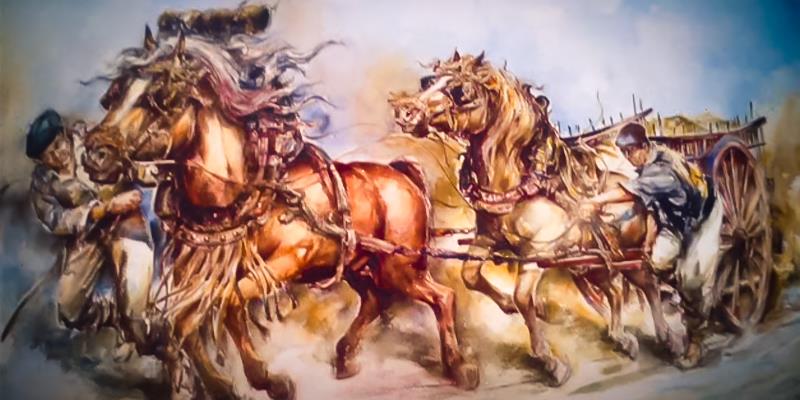
RAFEL BOLUDA MUSEUM
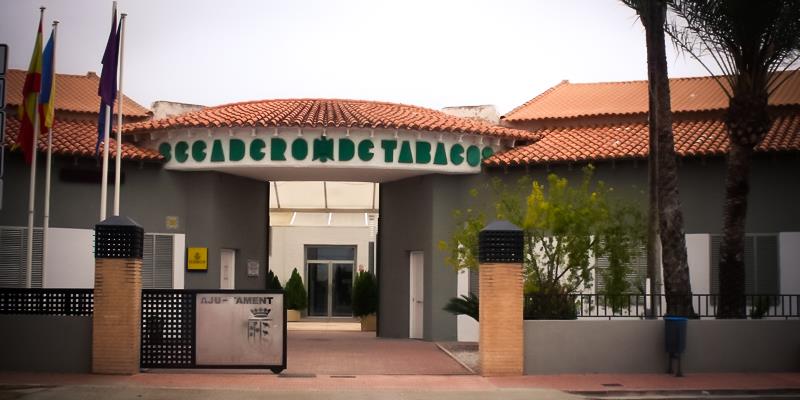
OLD TOBACCO DRYER
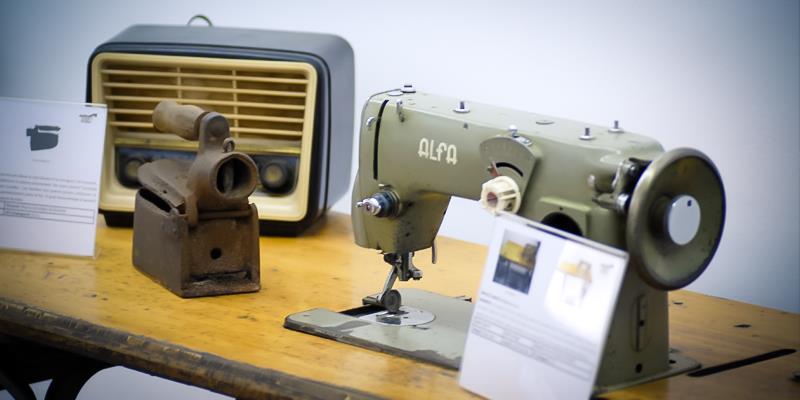
NOVETLÈ ETHNOLOGICAL MUSEUM
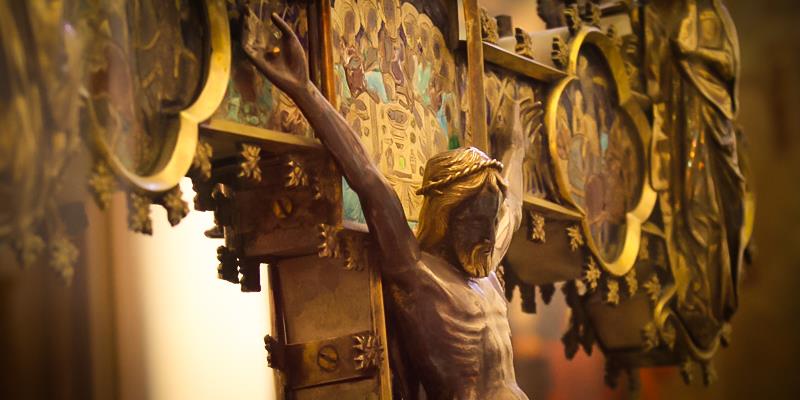
COLLEGIATE OF LA SEU AND THE HERMITAGE OF SANT FELIU
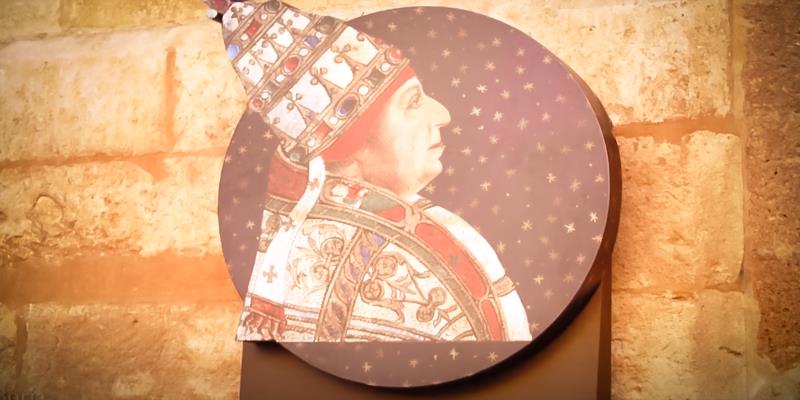
BORGIA’S SPACE
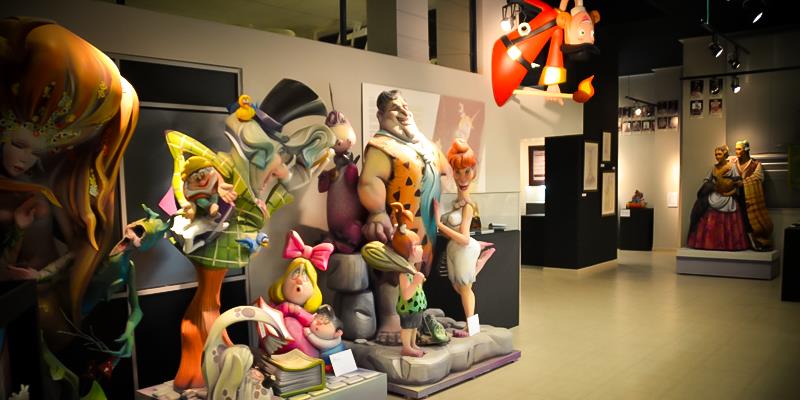
FALLER MUSEUM
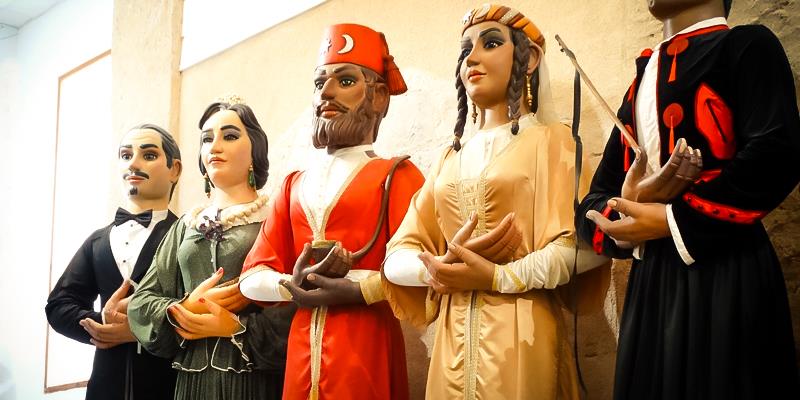
CORPUS MUSEUM
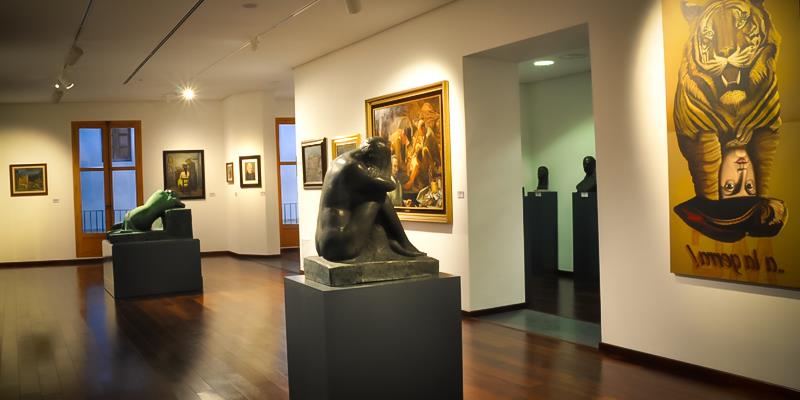
MUSEUM OF FINE ARTS
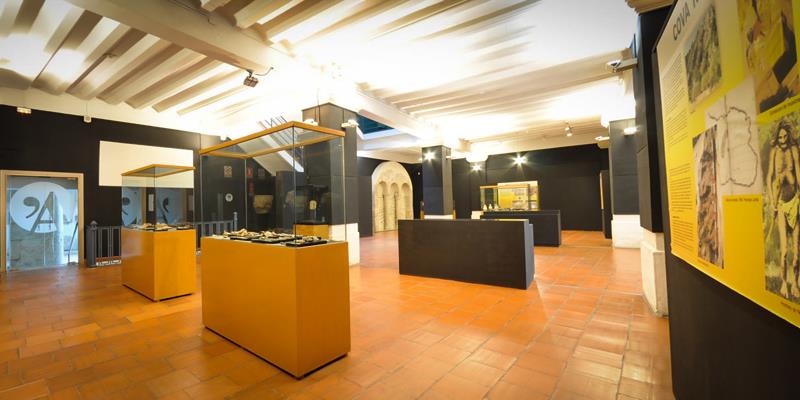
ALMODÍ MUSEUM
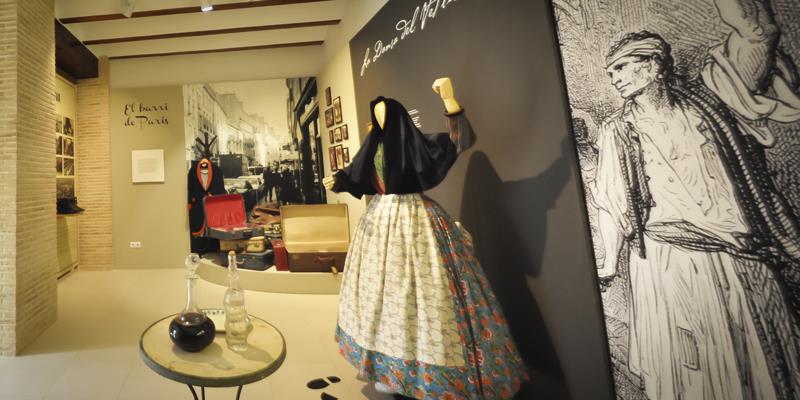
CASA DEL POU MUSEUM
